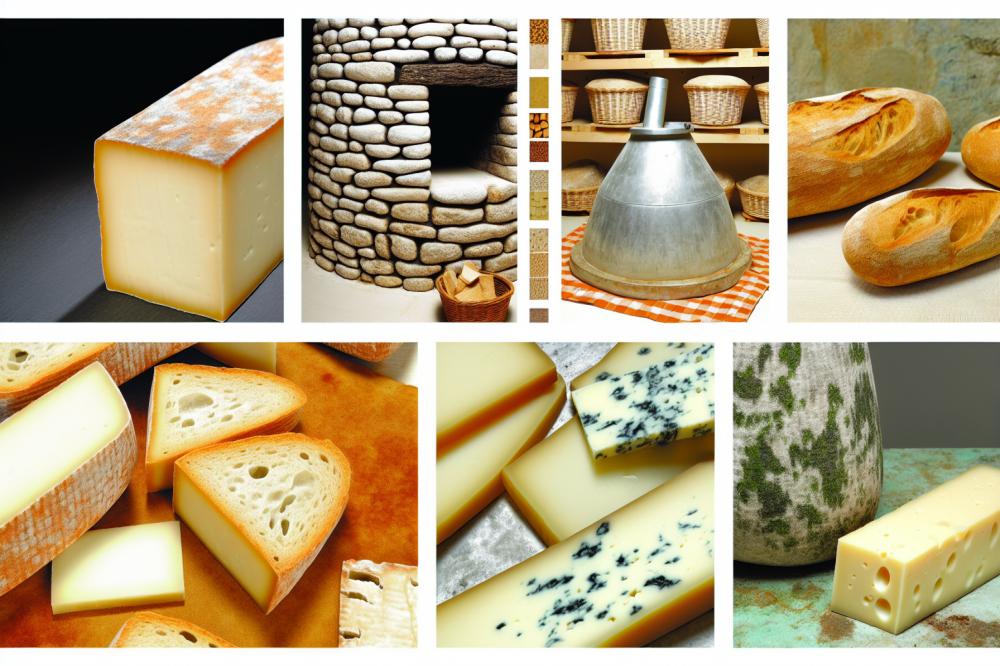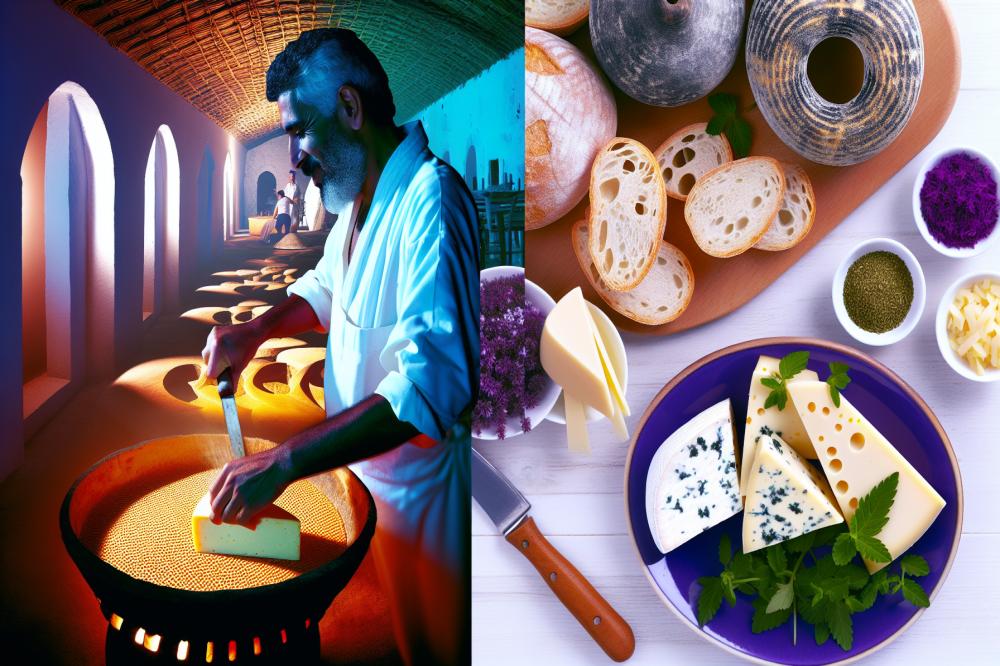Introduction
Queijo de Nisa holds a special place in Portuguese cuisine. This cheese is celebrated for its rich flavor and distinct character. Many people savor its creamy texture and slightly tangy taste, making it a favorite among cheese lovers. In Portugal, this dairy product isn’t just food; it represents a cultural legacy that connects communities.
The cheese-making tradition in Portugal dates back centuries. Skilled artisans have passed down their knowledge through generations. Techniques have evolved but the passion for quality dairy remains unchanged. Local farmers use traditional methods to create excellent products, highlighting the importance of regional ingredients.
Exploring Portuguese cheese reveals a variety of flavors and forms throughout the nation. Each region showcases its specialties, reflecting local culture and history. Queijo de Nisa is one such example, embodying the heart of Alentejo through its unique profile. The story of this cheese is a testament to the artistry of cheesemaking in Portugal, enriching the culinary landscape.
Queijo de Nisa

The history of Queijo de Nisa dates back centuries. This traditional cheese hails from the Alentejo region of Portugal. It is made from sheep’s milk, which contributes to its rich flavor. The origins trace back to the agricultural practices of local shepherds. They created a method to preserve milk, leading to the development of this beloved cheese.
The production process involves several steps. First, fresh milk is collected from sheep. After that, it is heated slightly and rennet is added to curdle the milk. The curds are then cut and placed in molds. Once shaped, the cheese is pressed and salted. This process helps develop its flavor. Maturation occurs for at least three months. During this time, the cheese develops its firm texture and distinct taste.
What sets this cheese apart from others? It has a unique blend of flavors, thanks to the specific breed of sheep found in Alentejo. Its smooth, creamy texture contrasts with the slightly tangy taste. The cheese often has a natural rind, which adds to its character. Additionally, flavors can vary depending on the season and diet of the sheep. These factors contribute to a truly special culinary experience.
Culturally, Queijo de Nisa holds significant importance in local traditions. It is often featured in family gatherings and celebrations. Local cuisine celebrates this cheese in various dishes, from simple cheese platters to more elaborate recipes. In festivals, it brings together the community, showcasing the region’s agricultural heritage. Many people view it as more than just a food item; it symbolizes the essence of Alentejo.
Portuguese cheese

Portuguese cheese offers a delicious variety that reflects the country’s rich culture and diverse landscapes. Each region produces cheeses with distinct characteristics, showcasing local traditions and flavors. Some of the most well-known types include Queijo da Serra, a buttery cheese from the mountains, and Queijo de Azeitão, known for its creamy texture and strong smell. Another popular choice is the hard cheese called Queijo do Pico, which hails from the Azores.
Regional varieties play a crucial role in Portuguese gastronomy. Different areas use specific milk types, ranging from cow to sheep and goat. This variation in milk influences taste and texture. As a result, cheeses embody the essence of their origins, connecting people to their local land and heritage. People often enjoy these cheeses in many ways, from a simple snack to an essential part of elaborate meals.
Comparing one cheese to another reveals many interesting traits. Unlike the intense flavor of Queijo da Serra, cheese from Alentejo tends to be sharper and nuttier. An added layer of complexity exists when looking at their textures. Some are soft and spreadable, while others are firm and crumbly. Each cheese brings a different experience, which delightfully surprises many enthusiasts.
The presentation often showcases the region’s identity. Many local cheeses are served with traditional accompaniments, such as crusty bread or local wines. This pairing enhances the tasting experience and reflects the Portuguese way of life. Selecting the right cheese for a gathering can truly impress guests. Highlighting regional differences in flavor and texture can spark conversations about the rich history behind each option.
Recipe: Grilled Queijo de Nisa

Ingredients:
- 250g cheese
- 2 tablespoons olive oil
- 1 teaspoon dried oregano
- Fresh black pepper to taste
- Fresh bread for serving
Recipe Instructions:
- Start by preheating your grill or grill pan.
- Take the cheese and slice it into thick pieces.
- Next, brush both sides with olive oil. Add oregano and sprinkle black pepper on top.
- Grill the cheese for about 2-3 minutes on each side, or until it turns golden.
- Once ready, serve it hot alongside fresh bread.
Nutritional Information:
Each serving of this delicious cheese offers a mix of nutrients. It is known for being a good source of protein and calcium. Vitamins and healthy fats also play a role in its profile. Many find it satisfying and filling.
Health Benefits:
Consuming this cheese can have various health benefits. Rich in calcium, it supports strong bones and teeth. Protein helps with muscle growth and repair. When consumed in moderation, it can be part of a balanced diet. Enjoying cheese can also enhance the flavors of your meals, making food more enjoyable.
The Essence of Queijo de Nisa in Portuguese Culture

A treasured part of Portuguese culinary heritage, this cheese reflects a rich history and deep-rooted tradition. Its craftsmanship connects people with the past, from local producers to those who enjoy it today. Every bite tells a story, showcasing the flavors of the Alentejo region and the dedication of its artisans.
As you explore Portuguese cuisine, don’t miss the opportunity to experience various cheeses. Charcuterie boards, festive gatherings, or simple meals can all benefit from their inclusion. Pairing such cheeses with regional wines elevates the overall dining experience. Beyond just taste, there’s a sense of culture and community tied to each selection.
The time-honored methods used in crafting this cheese demonstrate patience and skill. Those who appreciate quality will find delight in the nuances of flavor and texture. Choosing to indulge in these traditional creations not only satisfies your palate but also supports small producers committed to preserving age-old practices.
So, gather your family and friends. Share the joy of tasting and celebrating the vibrant world of Portuguese cheeses. Embrace the unique experiences that come from understanding their history and savor each moment. You may discover new favorites along the way.



